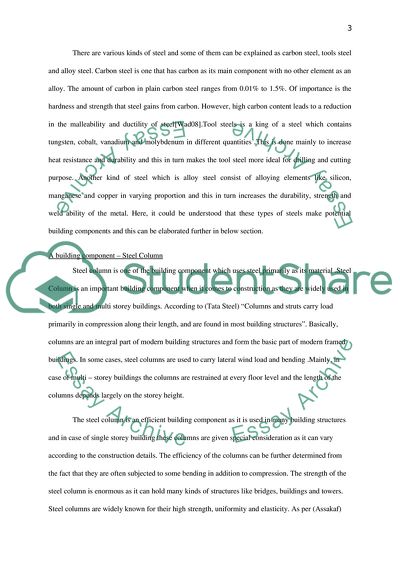Cite this document
(Materials and Manufacturing for Civil Engineering Level 2 Essay Example | Topics and Well Written Essays - 1750 words, n.d.)
Materials and Manufacturing for Civil Engineering Level 2 Essay Example | Topics and Well Written Essays - 1750 words. https://studentshare.org/engineering-and-construction/1862266-materials-and-manufacturing-for-civil-engineering-level-2
Materials and Manufacturing for Civil Engineering Level 2 Essay Example | Topics and Well Written Essays - 1750 words. https://studentshare.org/engineering-and-construction/1862266-materials-and-manufacturing-for-civil-engineering-level-2
(Materials and Manufacturing for Civil Engineering Level 2 Essay Example | Topics and Well Written Essays - 1750 Words)
Materials and Manufacturing for Civil Engineering Level 2 Essay Example | Topics and Well Written Essays - 1750 Words. https://studentshare.org/engineering-and-construction/1862266-materials-and-manufacturing-for-civil-engineering-level-2.
Materials and Manufacturing for Civil Engineering Level 2 Essay Example | Topics and Well Written Essays - 1750 Words. https://studentshare.org/engineering-and-construction/1862266-materials-and-manufacturing-for-civil-engineering-level-2.
“Materials and Manufacturing for Civil Engineering Level 2 Essay Example | Topics and Well Written Essays - 1750 Words”. https://studentshare.org/engineering-and-construction/1862266-materials-and-manufacturing-for-civil-engineering-level-2.


